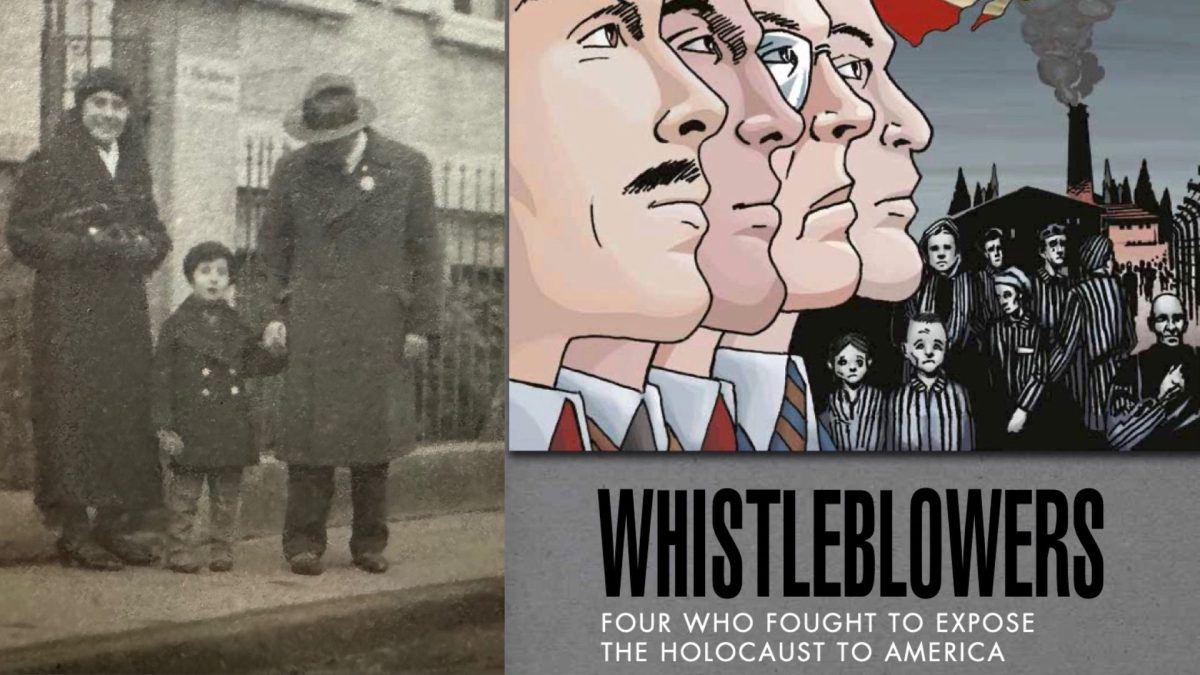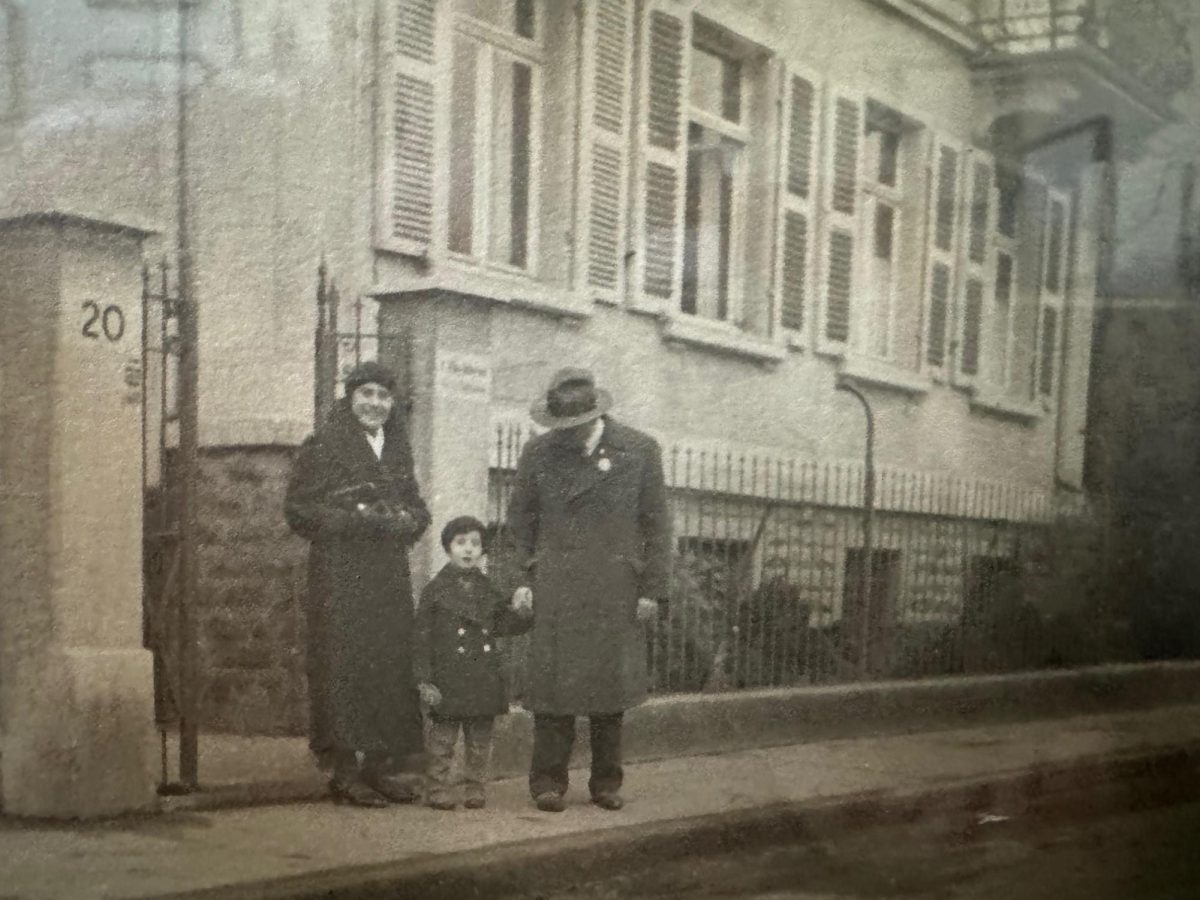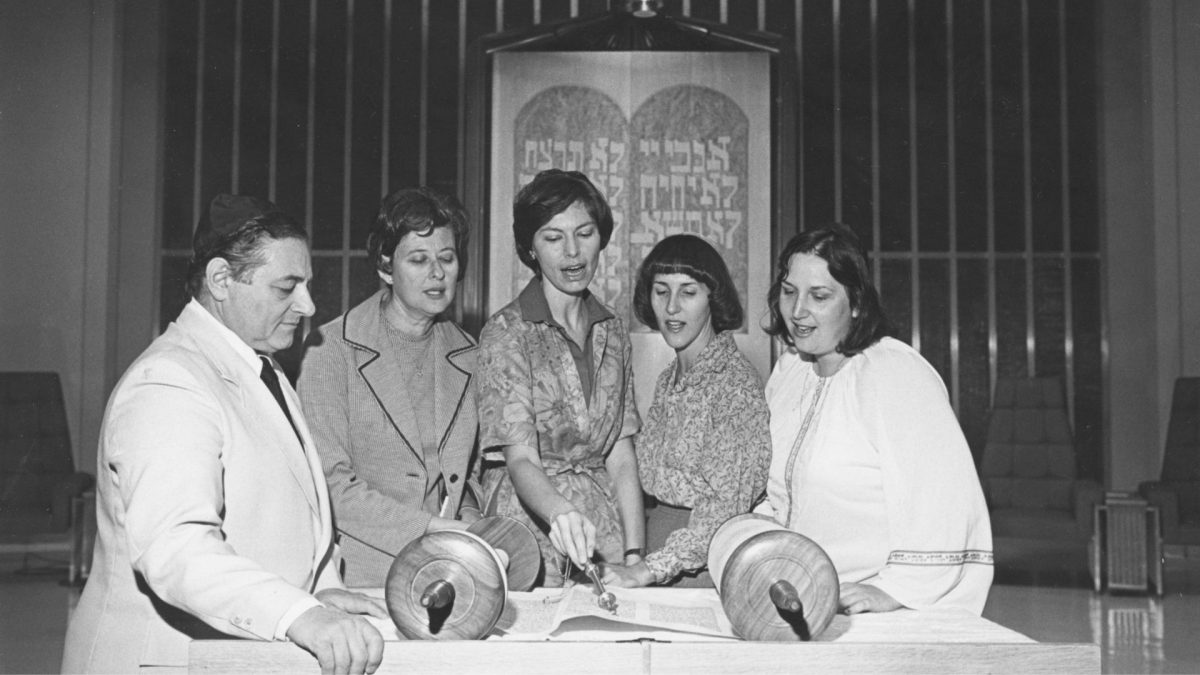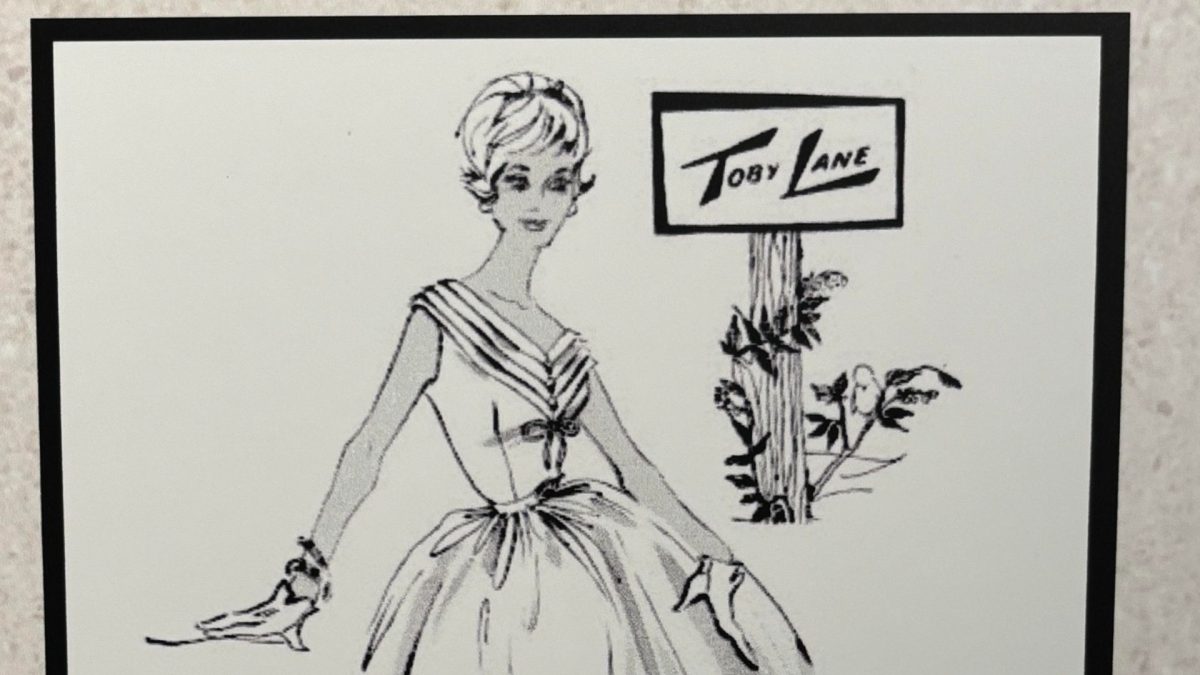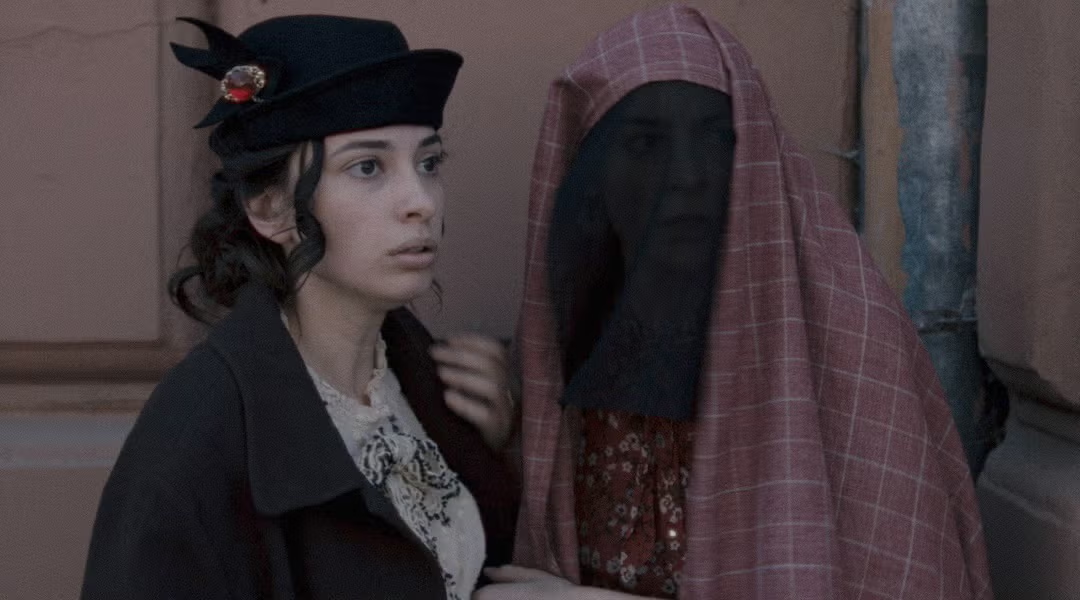The story of the SS St. Louis is a tragic chapter in the history of the Holocaust. The St. Louis was a German ocean liner carrying 937 Jewish refugees fleeing Nazi persecution in 1939. The ship sought asylum in Cuba but was denied entry. It then attempted to dock in the United States but was similarly turned away, despite the desperate pleas of the passengers and international pressure.
The tale has been told in film, in books, plays, television and now as a brand-new graphic novel. But do not mistake this graphic novel for a kid’s comic book, as this is a story that is neither for kids nor funny.
“Whistleblowers: Four Who Fought to Expose the Holocaust to America” is a powerful nonfiction graphic novel that tells the gripping true tale of four heroes who risked everything to expose the horrors of the Holocaust. The chapter featuring the SS St. Louis is based in part on a never-before-published Holocaust diary.
Why tell this story as a graphic novel
Holocaust educators note that as years pass, it’s important that authors find new ways to present historical material so that it engages new audiences and keeps stories alive.
“Over the years, my colleagues and I have created full-page comic strips for the Los Angeles Times, the Washington Post and The New Republic. We created animated shorts for Disney’s educational division. We unearthed political cartoons about the Holocaust from American newspapers in the 1930s and 1940s,” said Dr. Rafael Medoff, Director of the David S. Wyman Institute of Holocaust Studies and co-author of the graphic novel. “In this new book, ‘Whistleblowers,’ we use the traditional comic book format, just like what you see in “Spider-Man” or “The Hulk,” except that we use it to teach history.”
All four of the stories in Whistleblowers are fact, not fiction. These stories were already part of history but are retold in the style of a comic book to keep the attention of younger readers.
“For these young readers, the stories must be interesting and lively, but they cannot stray from the historical record. It was very challenging,” said Medoff. “As I moved from panel to panel and page to page, I kept in mind an interview I once read with a veteran comic book artist, who described how he came up with interesting angles and ways to vary the scenes by imagining himself as a movie cameraman.”
“Voyage of the Doomed”
The book’s second chapter, “Voyage of the Doomed,” is the retelling of the story of the SS St. Louis, but from a vantage point that has never been heard before: the previously unpublished diary of Arthur Weil.
Until now, there was only one known diary by a St. Louis passenger, which was written by 17-year-old Fritz Buff and published 15 years ago.
“Arthur Weil’s diary was known only to his family, which kept it as an heirloom but had not allowed it to be published,” said Medoff. “They contacted the Wyman Institute because we specialize in researching America’s response to the Holocaust and they felt their grandfather’s diary could help shed light on that tragic and important episode.
Weil was born in 1897 in the German town of Oberlustadt. His father was a cattle trader. Weil moved to Heidelberg when he got married, and he went into his father-in-law’s business as an importer of tobacco. He and his brother Julius were arrested during the Kristallnacht pogrom and imprisoned in the Dachau concentration camp. They were released in early 1939 on the condition that they leave the country. In May 1939, Weil, his wife, and their young daughter left Germany aboard the St. Louis.
Interesting things you’ll notice
Medoff and his team keep true to Weil’s words and in some cases they reveal bits of historical fact that may not be obvious to the reader.
“On page 48, Arthur Weil refers to the “American police boat” (the Coast Guard) that was trailing the St. Louis to make sure it did not approach the American coast, as well as the Coast Guard plane that circled overhead,” said Medoff. “That is an important refutation of the allegation, made in recent years by some FDR apologists, that the Coast Guard did not try to keep the St. Louis away from the coast.
“The Voyage of the Doomed” has a unique place in the “Whistleblowers” book, because it is the only story that does not have a whistleblower in it. But it serves as the prelude for the book’s climactic chapter, which involves Treasury Secretary Henry Morgenthau, Jr. His unsuccessful attempt to rescue the passengers of the St. Louis set the stage for his efforts five years later to save other European Jews.
How to read Whistleblowers
The graphic novel is set to be released on Feb. 27. Pre-orders can be made now on Amazon. Each copy costs 19.99.
Photos of Arthur Weil



